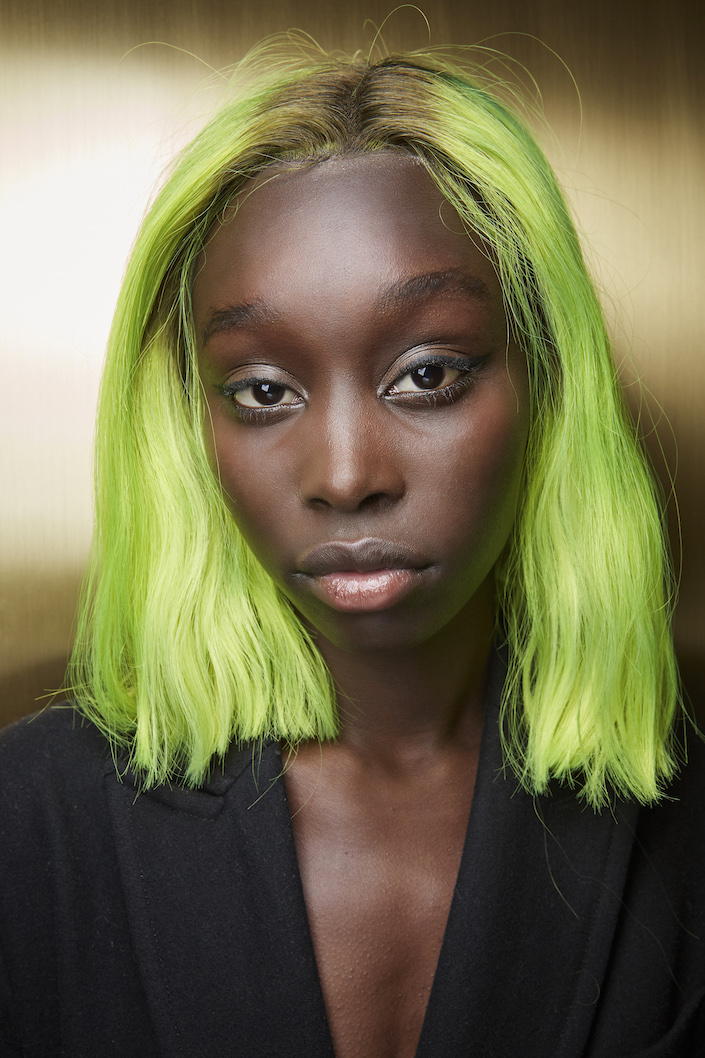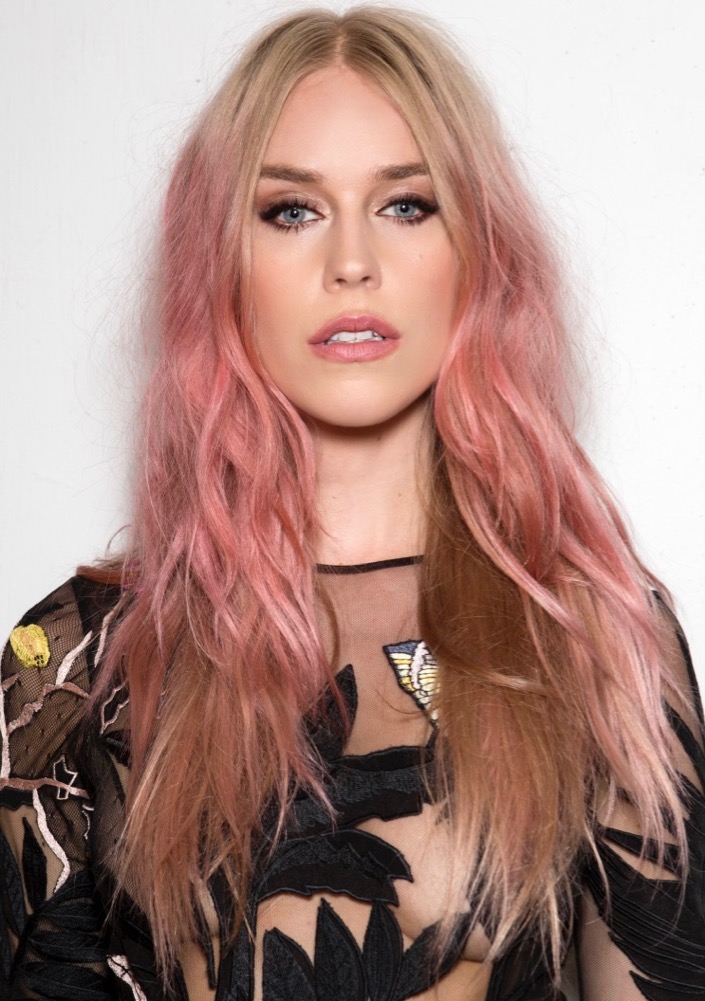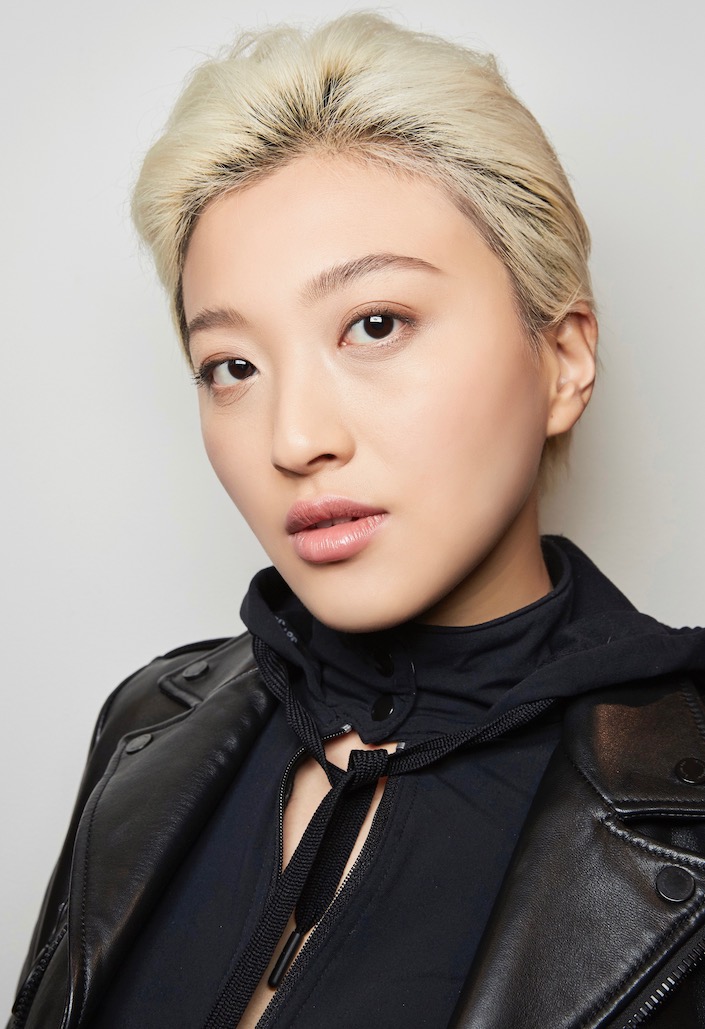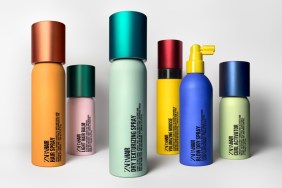There are lots of breathtaking hair colors to have on your hair color bucket list, from blorange to milk tea. But balayage and bleaching can take their toll on our locks and our wallets. And even the best nourishing hair masks can only do so much. So there may come a time when you decide to go back to your roots in an effort to save your strands.
Growing out your hair color is easier said than done, even though some people are cool with embracing the rock ‘n’ roll vibes of visible roots. Truth is transitioning to your natural hair color is a process and it takes time. But that doesn’t mean you can’t have a little fun and experiment with new shades while growing out your hair color. So we asked hair care experts how to make the process as safe and painless as possible.
Do It the Right Way
You’ve been loving hair dye up to this point so don’t turn your back on it completely, especially when there are some clever and less damaging options. Larisa Love for Joico says transitioning back to your natural color all depends on your natural shade and current color. That’s where the pros come in. “There are different routes for everyone and it’s best to consult your colorist,” says Color Wow Global Creative Director Chris Appleton. “You want a look that can grow out well and you need to create that color while letting your natural [hair] grow out.”
Think Semi and Demi

L’Oréal Matrix Artistic Director Nick Stenson recommends trading in permanent color for semi- or demi-permanent options. Both formulations fade over time. (The difference is demi-permanent dyes require some kind of developing agent to make the color oxidize, whereas semi-permanent colors are “direct dyes” that can be used straight from the tube.) While permanent color grows out and leaves a telltale line of demarcation. Moroccanoil Artistic Director Kevin Hughes adds that true semi-permanent hair colors contain no ammonia and very low peroxide so they often make your hair feel healthier.
Another bonus is that you don’t have to match your natural color to your semi-permanent pick. Hughes says that it’s possible to choose a hair color that’s one shade lighter than your original color or one with a warmer tone. That way you can tone down the color you’re growing out, but the result isn’t one solid shade.
Hair glosses are another low-maintenance option. They add shine and bring life back to excessively dyed strands. Don’t know what semi-permanent color to pick? Manic Panic co-founders Tish and Snooky Bellomo suggest consulting a color wheel. Choose a hair color on the opposite side of the wheel from your present hue to neutralize said shade. For example, if your hair is dyed green, use a reddish-brown color, like auburn or chestnut, to help revert your tresses back to a natural brown tone. This concept may be more difficult, however, if you’re a natural blonde.
Highlights, Lowlights and Ombre Are Your Friends

If your hair is dyed one shade, highlights can soften the line between your natural hair color and your dye of choice. Gina Rivera, founder and president of Phenix Salons, Inc., believes that balayage and ombre hair can be “extremely helpful” when transitioning colored locks back to their natural state. A stylist can strategically place highlights and lowlights so the color blends in a more natural way. And highlights can be toned to match new growth. Highlights can also give your tresses an all-over lighter look so the contrast of new growth and remaining colored hair is not as obvious. Stenson likes babylights (delicate, very fine highlights) for a natural, polished look.
But both Appleton and Love warn highlights and ombre aren’t the best options because they can grow out in an unnatural way. Still want something edgy? Shadow roots are a good option during the transitional phase.
Avoid Mistakes
Beware of box hair dye. Hughes cautions that box dyes might say that they are “semi-permanent,” but they usually contain more ammonia and tend to change your natural hair color. That means you’d have to continue dyeing your strands because it will always appear like they have roots (argh).
Rivera warns over-the-counter color removers can have disastrous results. They can damage your hair just like box dyes, making it take longer for you to achieve your regrowth goal.
Another mistake? Avoiding the salon. Rivera recommends visiting a professional stylist when going back to your roots. Professional colorists can blend your hair using the aforementioned color techniques, like highlights and ombre. Hughes points out that pros can create tone-on-tone lightening, leading to subtler results. Colorists can use weave and teasing techniques during the highlighting process to create a diffused effect with no hard lines. And salon color typically has an expensive-looking finish.
In terms of colors, Appleton warns picking the right tone and not going too dark on your ends is crucial. Professional colorists can help alleviate these issues and set up a strategy for the entire growing out phase.
Remember patience is a virtue. Justin Woods, color director at Shin Salon in Santa Monica, says trying to rush the transition process could potentially damage your hair beyond repair. Rivera agrees. “The biggest mistake people make is losing their patience and giving up too soon,” she says. “Going back to your natural color takes time and is a commitment. It’s important to remain focused on the end goal.”
Consider the Cut

Growing out dyed tresses can be awkward for all hair lengths. Appleton says short hair will begin to look blotchy and long hair can look too disconnected from its natural color. Making hair look intentional is key reports Stenson. That applies to both cut and color. He says that no matter your hair length, texture is good. Creating texture with layering and dimensional color makes the transition easy and produces the best-looking finish.
Those open to a total makeover can consider a chop. Rivera says the hardest but best way to return to your roots is to let your strands grow out and fade on their own. When your locks reach a certain point, go ahead and cut off the dyed sections. Think about it this way: it’s the perfect excuse to try that pixie cut or bob you’ve been admiring on Instagram.
Keep Your Hair Healthy
It’s not just about what your hair looks like. “Using good professional products is also imperative,” says Rivera. “It’s important that the hair is in optimal condition.” Look for shine-enhancing, vitamin-rich products and star ingredients like collagen and biotin. She recommends her own By Gina BioGen Complex range she describes as a “multivitamin for hair.”
Nourish your hair from the inside out with beauty supplements and from the outside in with leave-in treatments and masks, like Joico’s Defy Damage Protective Masque ($21.50). Hair products that strengthen the bonds broken during color services can also be game changers, like Color Wow Dream Cocktail ($18.75).
The Bellomo sisters recommend using a sulfate-free shampoo and conditioner to maintain your hair color. And there are at-home color products that keep shades true and prevent brassy or orange tones, like Matrix Total Results Keep Me Vivid collection and Redken Color Extend Care range.
We know that color is the focus, but don’t forget to get regular trims to keep your lengths in tip-top shape. Woods says hair maintenance rules should still be followed, including any instructions from your hairstylist or colorist. And don’t forget to add a heat protectant spray to your arsenal so you can use hot tools or stay out in the sun without worrying about your locks getting damaged. You also want to make sure to rinse away any chlorine or salt water after a dip.








